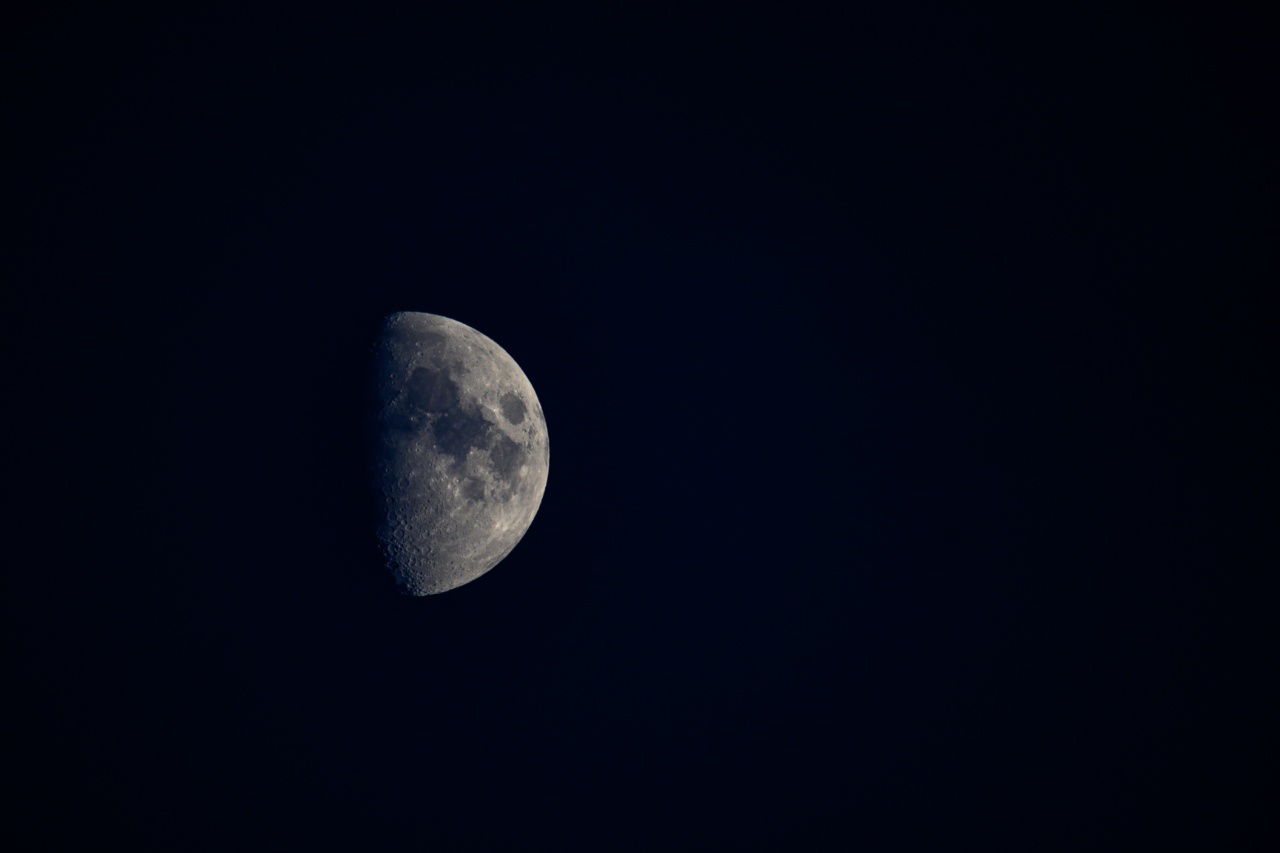Parents all around the world want what’s best for their children, and that includes their nutrition and wellbeing.
But have you ever stopped to think about the dark side of children’s nightlife and the organic dangers that may come with it? It’s important to be aware of these potential hazards to keep our children safe.
Nightlife Hazards
Nightlife can be a fun and exciting experience for children, especially during special events like birthdays and holidays. However, there are dangers associated with crowded or dimly-lit environments that parents should be aware of.
Firstly, the risk of abduction by strangers is higher in bustling places such as shopping malls, theme parks or movie theaters. Inappropriate touching and sexual harassment of children are also real threats in such environment.
To prevent these risks, parents should take them to crowded places during daylight and always keep an eye on them. It is a good idea to discuss safety advice with children such as staying close to their parents or calling for help if they need it.
Furthermore, it’s important to take note of the noise levels in certain nightlife areas. Music concerts and events with loud sounds can damage your child’s ears over time, and may even lead to hearing loss.
As a protective measure, it is best to monitor the sound volume and invest in good quality earplugs to protect your child’s ears in such events.
Organic Dangers
Alongside the risks associated with nightlife, parents need to be aware of organic dangers that their children could face. These potential dangers include exposure to toxins and harmful chemicals such as pesticides in food or the environment.
According to the Environmental Working Group (EWG), some fruits and vegetables are contaminated with high pesticide residues, which can lead to health problems such as asthma and cancer.
Parents are advised to choose organic food options where possible as these tend to have lower levels of these harmful chemicals. Alternatively, parents can follow the EWG’s Clean Fifteen™ and Dirty Dozen™ lists of the best and worst produce regarding pesticide content.
Aside from food, exposure to harmful chemicals can occur in a child’s day-to-day activities such as playing in the garden, enjoying craft making using hazardous materials, or using certain cleaning products.
It’s best to switch to natural alternatives such as vinegar and baking soda for cleaning at home. Investing in alternative, toxin-free materials for crafts is another way to safeguard your child’s health and wellbeing.
Conclusion
Parents have the crucial responsibility of protecting their children from potential hazards that may come with things like nightlife and exposure to harmful chemicals.
By being more aware, parents can take steps towards creating a safer, more nurturing environment for their children. By following safety advice, eating clean and choosing organic, and switching to toxin-free materials, they will be better able to keep their children happy, healthy, and safe.































